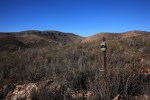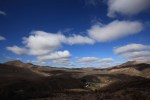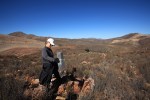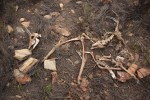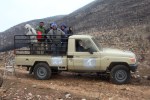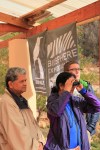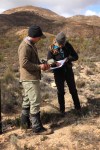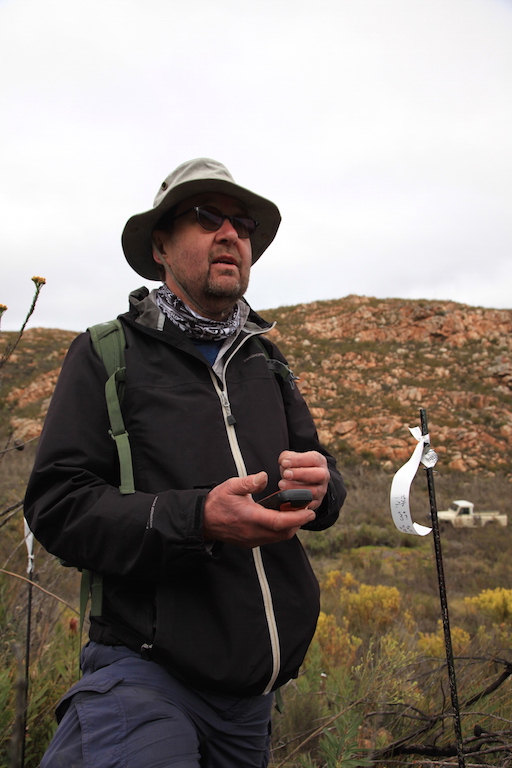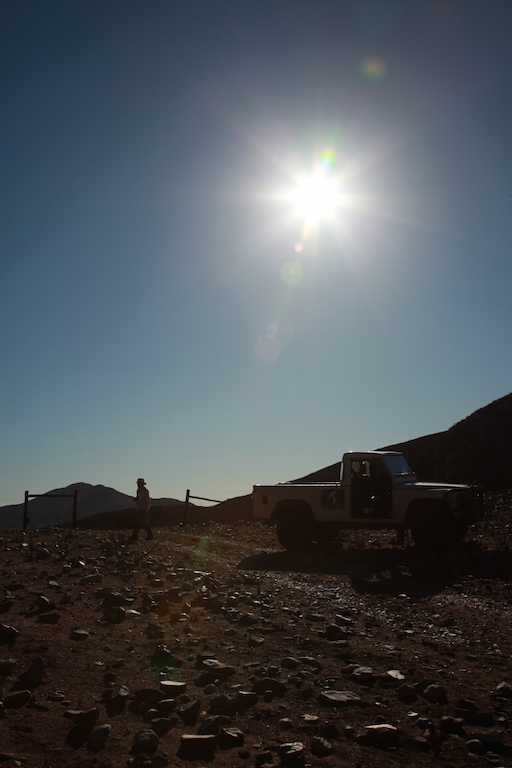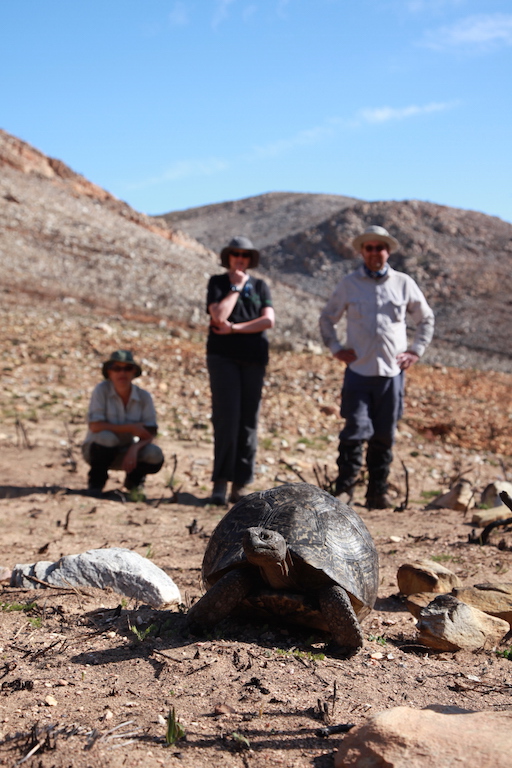That’s all folks. Once again we must call time on our expedition in South Africa. Our citizen scientists have departed, the kit is packed and now I must make my travels north, back to Scotland. But what a month in the fynbos it has been – expeditions never fail to surprise me – they offer difference, diversity, discovery, data and sometimes adversity.
Before we talk about the discovery and data, let me initially offer some thanks. First off, to our participants, who stepped up to the daily challenge of data collection to achieve our collective goals of better understanding the ecology and conservation issues of the fynbos. Thank you for your contribution towards advancing knowledge, and making this expedition a success.
Before that, we owe a big thank you to Melda, Gurli and Barbara, for the continual provision of culinary delights, and their botanical wisdom! A big thanks also to John and Lizzie, for sharing their time, knowledge and enthusiasm for the Cape rockjumper work and all things avian. We would also like to thank the extended Lee family (Anja, Elli, Charlie, Chris & Elaine), for not just hosting the expedition, but their un-ending hospitality. And finally, our enormous collective thanks go to Alan, our leader in all things scientific. It is indeed a privilege to share in your world and work with such a dedicated scientist and committed conservationist.
So what of the success I mentioned? Well, success is a strange metric to measure when it comes to expeditions. It is influenced by the people you meet, the experiences you have, the challenges you overcome…to mention a few. Ultimately, it is perhaps most dependent on your expectations.
The expedition’s expectations focussed on a few key field research activities. Of course much data still need to be crunched from the various field surveys and just think of all those camera traps still clicking and collecting data….long beyond our departure. But what have we achieved in the past month?
In case you have forgotten, here are just some of our highlights:
- Several new camera trap monitoring stations have been established to monitor leopard, caracal and other mammal activity and movement patterns;
- We completed as much small mammal trapping as we did in the first two years of this expedition, recording three new species at Blue Hill in 2017;
- Several hundred camera images from Blue Hill have be analysed, identified and catalogued, revealing activity of leopards and African wildcat across a number of locations;
- Over 12 km of nocturnal transects surveys have been completed across the Blue Hill area;
- We have assisted with multiple bird and biodiversity surveys across six sites in the Karoo (covering around 3000 km);
- Assisted bird biologists (John & Lizzie) with ongoing doctoral research on Cape Rockjumper’s at Blue Hill (a bird species endemic to the fynbos);
- Established nearly 300 permanent monitoring plots for endemic honeybush plants used to make tea;
- Completed the first diurnal and nocturnal mammal maps for Blue Hill;
- Undertook further bat monitoring and entered/analysed two years worth of sonogram data;
- Collected multiple leopard scats for DNA analysis, and kept searching for leopards.
In isolation, these may just seem like bits of data, as field research rarely gives us instant results or fast answers to our bigger questions. To paraphrase one of our participants, we are simply uncovering and fitting together small pieces of the fynbos puzzle. And as we slowly put them together, we will reveal a bigger picture of how this fire-driven ecosystem works and sustains the larger predators such as Cape leopards. Arguably, only with this knowledge can we adequately conserve them.
So to my mind, with this bounty of new information, we have been more than successful. I refer you to one of the earlier blogs at the start of the expedition, when we set out Alan’s aims and expectations. We have achieved all of these, and more. No matter whether you are a citizen scientist, scientist or expedition leader, we all go on expeditions with a varying mix of nerves, hope and expectation. If your expectations are realistic, then with a bit of graft, success is often forthcoming.
Thank you for all your efforts and I, for one, look forward to returning next year.
Best wishes to you all
Craig Turner
Expedition leader





















































































































































